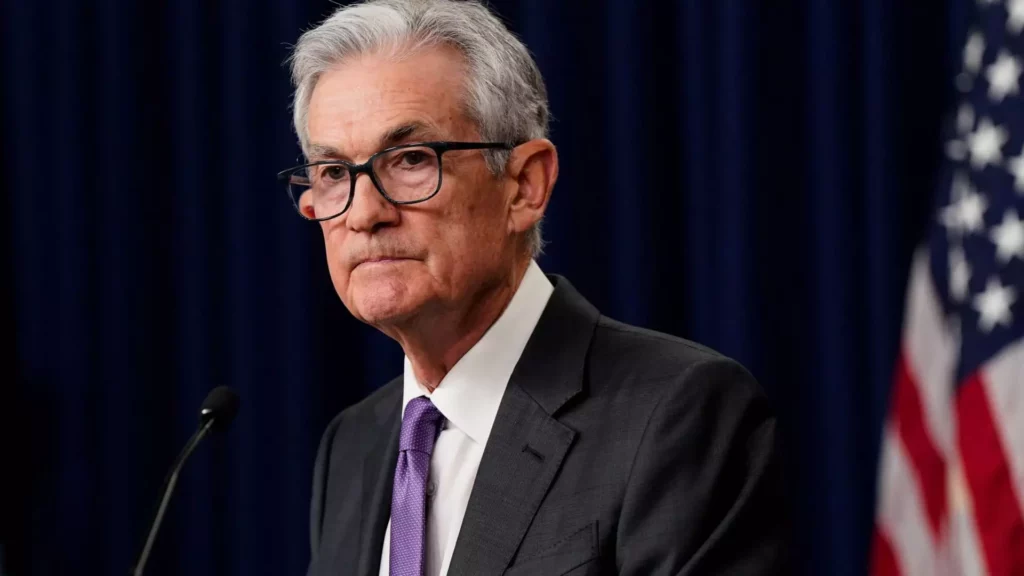![]()
Federal Reserve Chair Jerome Powell recently addressed a policy forum on U.S.-Canada economic relations, highlighting the strength of the U.S. economy. He pointed out that there has been solid growth and continued strength in the labor market. However, Powell also acknowledged that the economy has not seen inflation return to the central bank’s goal of 2%. This poses a challenge for the Fed in terms of deciding on future interest rate cuts.
Powell emphasized that the current state of policy should remain intact until inflation shows more progress. He mentioned that the Fed has maintained its benchmark interest rate in a target range between 5.25% to 5.5%, the highest in 23 years. This decision came after a series of rate hikes that started in March 2022. Powell indicated that the current level of policy is likely to stay in place until inflation gets closer to the target.
Inflation data for the first three months of 2024 has been higher than expected, with a consumer price index reading for March showing inflation running at a 3.5% annual rate. While this is lower than the peak in mid-2022, it has been trending higher since October 2023. Powell mentioned that the personal consumption expenditures price index, the Fed’s preferred inflation gauge, showed core inflation at 2.8% in February. This indicates that inflation has been little changed over the past few months.
Financial markets initially anticipated multiple rate cuts in 2024, but as data progressed, expectations shifted. Traders in the fed funds futures market went from pricing in six or seven cuts starting in March to now expecting one or two reductions, not beginning until September. The most recent update from FOMC officials in March suggested three cuts this year. However, policymakers have emphasized the data-dependent nature of policy and have not committed to a specific number of reductions.
Jerome Powell’s remarks shed light on the challenges the Federal Reserve is facing in terms of achieving its 2% inflation goal. The current state of the U.S. economy, the trajectory of inflation, and market reactions all play a crucial role in shaping the Fed’s monetary policy decisions. As uncertainties persist, policymakers will continue to monitor data closely to determine the appropriate course of action moving forward.

Leave a Reply